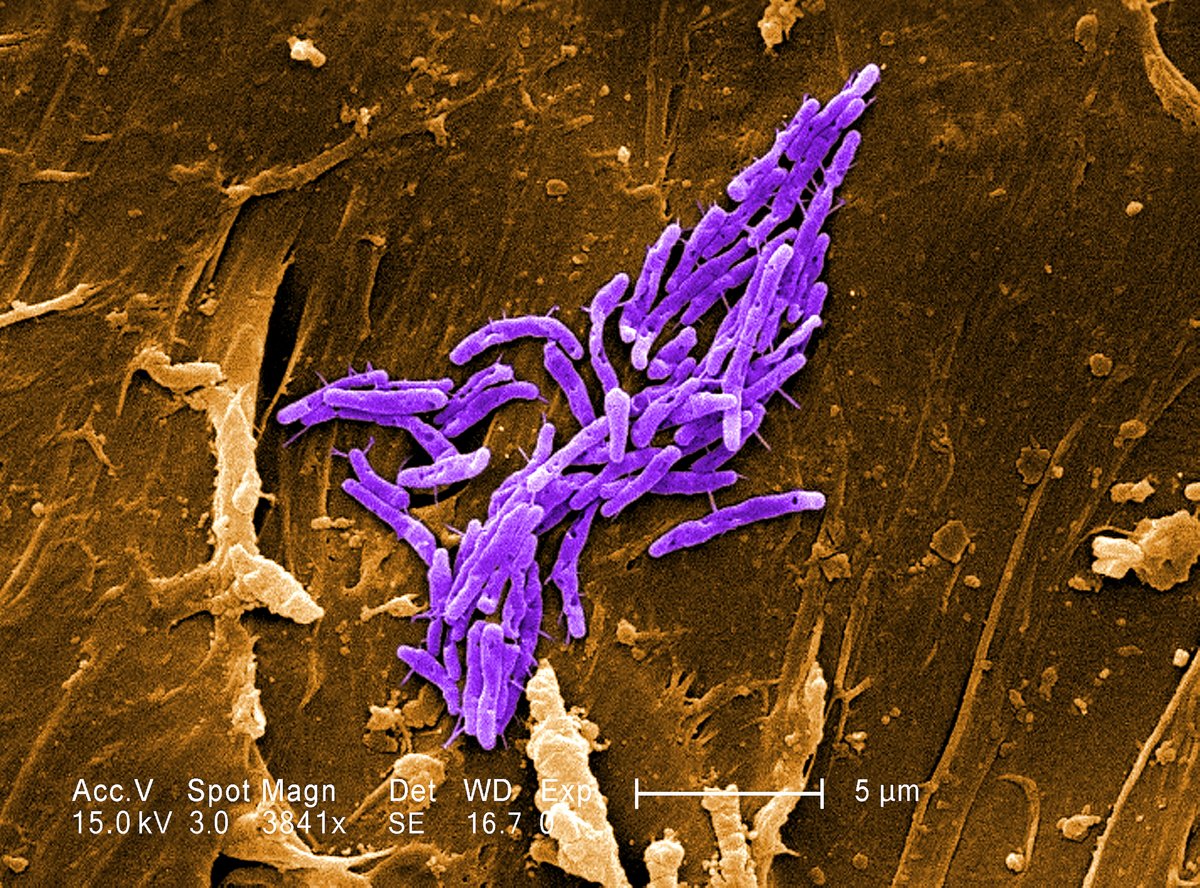
Researchers Identify the Major Sources of Fluoride Contamination
- News
- 1.4K
In some parts of the Khurda and Nayagarh districts of Odisha, fluoride concentration in groundwater is high, posing a serious threat to human health. The region is a part of the Eastern Ghats, comprising deformed metamorphic and igneous rocks, which contain fluoride-bearing minerals. A team of researchers from the Indian Institute of Technology, Kharagpur, the Bhabha Atomic Research Center, Mumbai, and the Homi Bhabha National Institute, Mumbai, conducted a joint study to ascertain the degree of fluoride contamination in the area.
The researchers collected and analyzed twenty-two water samples from tube wells and dug wells in the region. The team also analyzed rainwater samples, water from each hot spring, and a sample from the local river. While rainwater was acidic with low electrical conductivity, groundwater was slightly acidic to neutral with low to high electrical conductivity. High electrical conductivity indicates salinity in groundwater. ‘Similar high fluoride concentrations have been recorded in groundwater near geothermal regions in Telangana, Rajasthan, and Gujarat,’ says Asmita Maitra, IIT Kharagpur.
Given the composition of the rocks in the area, the researchers suggest that this could be due to the leaching of sodium and chloride ions from host rocks. Besides chloride, there was a high concentration of sulfide, calcium, and bicarbonate ions in the groundwater. A high concentration of fluoride was found in nearly 40% of the groundwater samples. Some samples had more than 3.5 milligrams per liter, much above the Bureau of Indian Standard permissible limit of one milligram per liter.
Samples with low fluoride concentration show comparatively higher bicarbonate values. The researcher concluded that the accumulation of fluoride in water is not due to evapotranspiration or due to calcite precipitation. Fertilizers are sources of fluoride contamination. “But along with fluoride, there should be higher potassium and nitrate concentrations. This correlation was not seen in all the samples collected. So, the primary source of high fluoride could not be fertilizer use” declares the research paper.
There is an occurrence of very high fluoride concentration – up to 12 milligrams per liter – around the hot spring area, perhaps due to increased dissolution. The mixing of hot and cold reservoirs could also increase fluoride content. The researchers observed that villagers in the Atri and Tarbalo areas are affected by skeletal and dental fluorosis. They estimated the fluoride exposure dose for infants, children, and adults. Exposure risk is double for children, making them vulnerable to severe fluorosis.
“In such cases, we recommend using alternative sources such as surface water bodies and dug wells for drinking water to reduce chances of fluorosis,” says Saibal Gupta, her colleague. “Defluorination using coagulation precipitation or membrane-based techniques are choices where safer water is not accessible,” says Tirumalesh Keesari, BARC, Trombay. (ISW)
If you liked this article, then please subscribe to our YouTube Channel for the latest Science & Tech news. You can also find us on Twitter & Facebook


